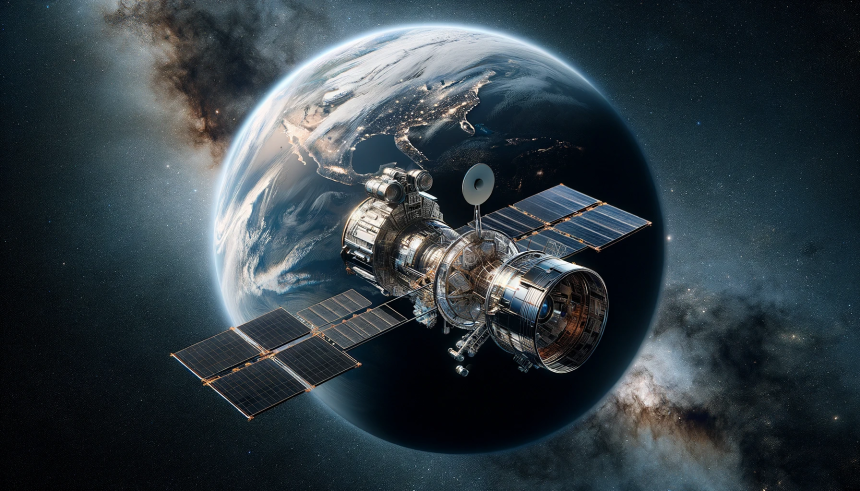Advancements in spacecraft propulsion are set to support NASA‘s Artemis Program, which aims to return humans to the Moon. The University of Illinois Urbana-Champaign team has introduced a multimode propulsion system that could enhance mission efficiency and reduce costs. This innovation is timely as NASA prepares for the upcoming Artemis III mission, marking a significant step in lunar exploration.
Past studies have explored various propulsion methods, but this recent research offers a novel approach by combining chemical and electric thrusters using a single propellant. Previous efforts often required separate systems, increasing the complexity and mass of spacecraft. The new multimode propulsion system simplifies the design, potentially making lunar missions more feasible and sustainable.
How Does Multimode Propulsion Enhance Mission Efficiency?
The multimode propulsion system integrates a high-thrust chemical mode with a low-thrust electric mode, both powered by the same propellant, such as hydrazine or ASCENT. This integration allows spacecraft to switch between propulsion modes as needed, optimizing fuel usage and maneuverability.
What Are the Benefits Over Traditional Propulsion Systems?
Unlike hybrid systems that require multiple propellants, multimode propulsion reduces the spacecraft’s dry mass by using a single propellant. This reduction leads to lower launch costs and increased payload capacity, making missions more economical and efficient.
How Will This Impact Future Lunar Missions?
The adoption of multimode propulsion could enable more frequent and reliable missions to the Moon. As part of the Artemis Program, this technology may support the establishment of permanent lunar infrastructure, facilitating regular trips and sustained exploration activities.
The development of this propulsion system is part of the Joint Advanced Propulsion Institute (JANUS) project, funded by NASA’s Space and Technology Research Institute (STRI). Professor Rovey leads the Diagnostics and Fundamental Studies team, collaborating with experts from various institutions to advance this technology.
Multimode propulsion represents a significant step towards more flexible and adaptable space missions. By enabling efficient fuel use and reducing spacecraft mass, it offers practical solutions for the challenges of lunar exploration. This advancement not only supports NASA’s immediate goals but also paves the way for future interplanetary missions.










